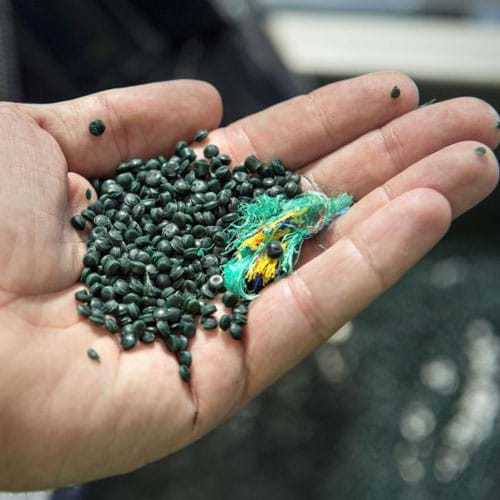Plastix: Providing a unique solution to a complicated problem

Plastix was founded in Lemvig, Denmark in 2012, with a vision to provide a sustainable solution for preventive action, to combat plastic pollution and ensure cleaner environments and oceans. They set their sights on repurposing end-of-life gear and equipment from the maritime and fishing industry, with a focus on high density plastics including polyethylene, polypropylene and polypropylene copolymer.
To achieve this, Plastix have developed a unique system using their own custom-made processing technologies. This enabled them to deliver mechanical recycling of post-use plastic fibres and rigid plastics, to produce high-quality pellets which can be used to create new materials.
Globally, PLASTIX collaborates with non-governmental organisations, public authorities, waste collectors, ports, the maritime and fishing industries, as well as net and rope producers. This enables them to capture fishing nets, trawls and ropes and transport them to their plant in Denmark for processing into valuable material streams.
Plastix receives components from end-of-life fishing gear from harbours, waste collectors and fisheries, as well as offcuts from netting and rope producers. They accept these materials after other non-recyclable parts, such as rubber discs, combination ropes and metal elements, have been removed.
If plastic is made from the same type of polymer it can be recycled in to a wider range of products, so the first step in the recycling process is to sort the nets and ropes by polymer type. In order to achieve the purity levels required for their high-quality materials, Plastix have developed a classification system which allows the visible properties of nets and ropes to be linked to their mechanical and chemical composition. To achieve this they have created a database, currently consisting of over 800 different types of ropes and nets, all verified for composition by their in-house laboratory.
A labour-intensive sorting process removes severely damaged material and containing biofouling or coatings which make it unusable. The sorted nets and ropes are then shredded into small, manageable pieces, washed to remove dirt and other impurities and dried. This material is then melted and turned into a granulate mix of uniform colour and consistency. This can be achieved by adding a black pigment to give a mixed colour polymer material a uniform colour, or by separating out single colour polymers commonly used in gear, such as green.
The resulting raw material’s properties are comparable to virgin polymer and products made from them can be in turn be recycled many times. This is a significant step towards a circular economy approach which uses resources more sustainably and reduces the amount of plastic waste which could end up in landfill or the oceans.
Further info
Visit the Plastix website
Find out more about initiatives tackling marine litter and end-of-life fishing gear